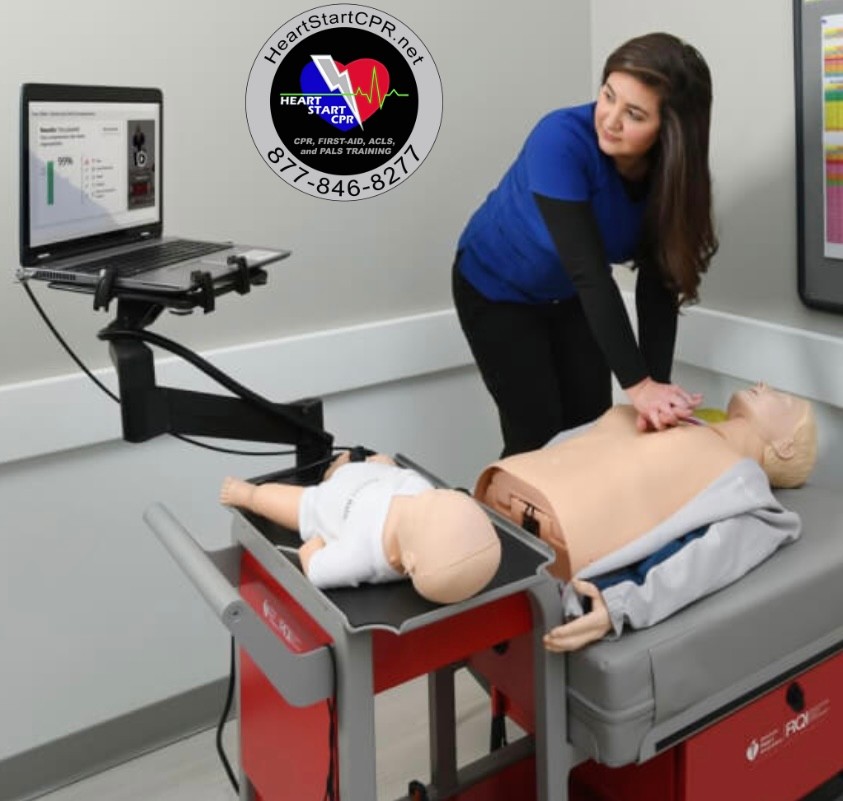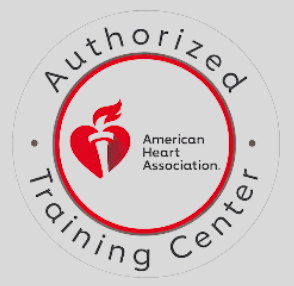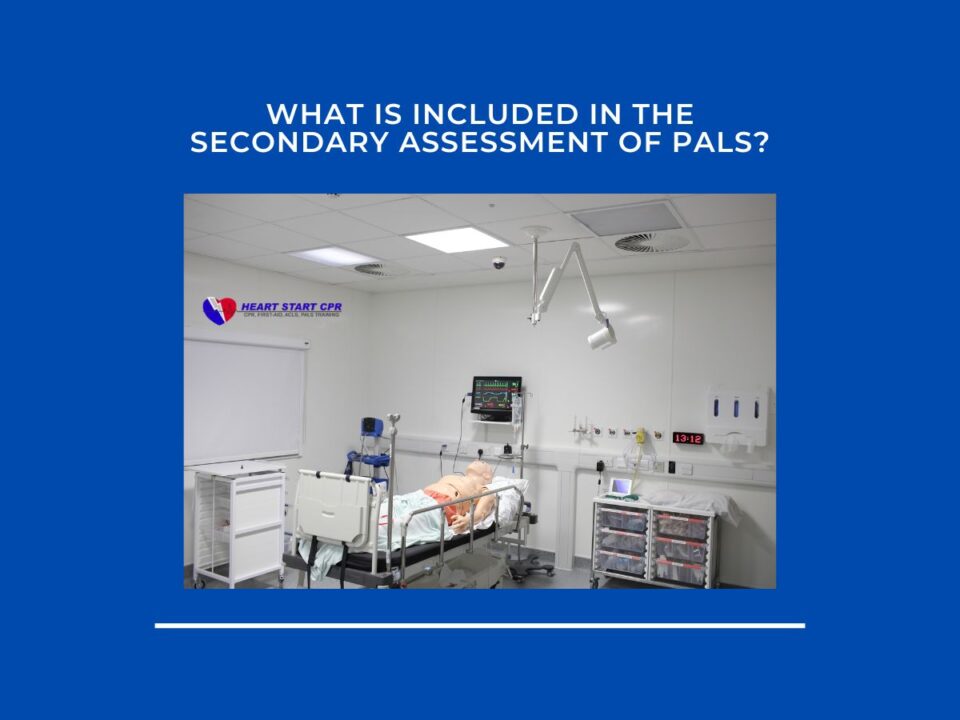
What is the Indication for Mouth-To-Mouth Rescue Breaths?
April 29, 2024
How Long Does CPR Certification Last?
May 10, 2024Cardiopulmonary resuscitation, commonly known as CPR, is a lifesaving technique that is used in someone who is unconscious and not breathing or their heart has stopped beating. The goal of CPR is to circulate oxygen-rich blood to the brain and other vital organs until emergency medical services arrive to provide advanced life support. However, performing CPR is different when an advanced airway device such as an endotracheal tube or supraglottic airway is in place.
Types of Advanced Airways
There are two main types of advanced airways that are commonly used during cardiac arrest – endotracheal tubes and supraglottic airway devices.
- An endotracheal tube (ET tube) is inserted through the mouth and past the vocal cords into the trachea. It provides a clear and protected airway down to the lungs. ET tube placement must be confirmed using methods like visualization of the tube passing the vocal cords, auscultation of breath sounds over the lungs, or detection of end-tidal carbon dioxide.
- Supraglottic airways such as the laryngeal mask airway (LMA) or i-gel are inserted blindly through the mouth and seated above the vocal cords in the hypopharynx. They also allow for oxygenation and ventilation of the lungs but do not require the same level of advanced placement skills as endotracheal intubation. Confirmation involves inability to deflate the cuff with gentle pressure.
Checking Advanced Airway Placement
After insertion of an advanced airway, it is crucial to immediately check that it is correctly placed in the trachea before starting CPR compressions and breaths. This involves:
- Visualizing the endotracheal tube passing through the vocal cords during insertion
- Auscultating breath sounds equally over both lungs
- Monitoring end-tidal carbon dioxide detection if available
- Being unable to inflate the cuff of a supraglottic airway by gently squeezing it.
If any part of the airway placement check is abnormal, the airway must be removed and oxygenation restarted with a bag mask and no-touch technique until more advanced help arrives. An incorrectly placed advanced airway can cause serious patient harm.
Giving Breaths with an Advanced Airway
Once proper airway placement is confirmed, providers no longer deliver breaths by mouth-to-mouth or with a pocket mask. With an advanced airway in place:
- Breaths are delivered through the airway device using an ambu bag attached to the endotracheal tube connector or ventilation port of a supraglottic airway
- Each breath should be 1 second in duration and deliver enough volume to see the chest rise
- No seal is needed over the mouth as with regular bag-mask breaths since gases are going straight to the lungs via the advanced airway
- Giving effective ventilations through the advanced airway during the breathing phase of CPR is crucial to maximize oxygen delivery to the heart and brain.
Compressions with an Advanced Airway
For chest compressions during CPR with an advanced airway:
- Compressors place their hands, one on top of the other, on the lower half of the sternum
- Compressions are given at a rate of 100-120 per minute
- Each compression is at least 2 inches deep but not greater than 2.4 inches
- Allow complete chest recoil between compressions
- Minimize any pauses in chest compressions to less than 10 seconds in total
- Use the recommended hand placement and technique whether the patient is on a firm surface or a backboard
Proper, continuous chest compressions are the cornerstone of high-quality CPR. The use of an advanced airway does not change compression delivery techniques.
Also Read: How Can You Achieve a High Chest Compression Fraction?
Ratio of Compressions to Breaths
The American Heart Association recommends a 30:2 compression-to-ventilation ratio when performing single-rescuer CPR on an adult in cardiac arrest, whether an advanced airway is present or not.
This means performing a cycle of 30 chest compressions followed immediately by 2 rescue breaths. With minimal interruptions, this results in about 100 chest compressions and about 20 ventilation per minute on average.
It is important that mouth-to-mouth rescue breaths are delivered as soon as possible after each set of compressions to maximize oxygen delivery. But compressions should never be delayed or interrupted to give ventilations – the goal is a smooth, uninterrupted application of the 30:2 ratio.
Performing High-Quality CPR
When an advanced airway is in place during CPR, it is especially crucial to maintain very high-quality compressions and ventilations to optimize the patient’s chances of survival. Some tips include:
- Use sufficient depth and recoil for each compression
- Deliver compressions at the correct rate of 100-120 per minute
- Minimize any interruptions or pauses in compressions
- Give full, effective ventilations that produce visible chest rise
- Use the recommended 30:2 compression-to-ventilation ratio
- Watch for artifacts on capnography/end-tidal CO2 readings
- Consider using mechanical CPR devices if available
- Rotate compressors every 2 minutes to prevent fatigue
- Have dedicated roles for compressions and ventilations
Paying close attention to these fundamentals will help maximize blood flow to the heart and brain when an advanced airway device is in use.
Also Read: Which Type of Victim Requires High-Quality CPR?
Conclusion
High-quality CPR is integral for sustaining the patient’s circulation and maintaining oxygen delivery to vital organs during an in-hospital or out-of-hospital cardiac arrest emergency. Having an advanced airway like an endotracheal tube or LMA helps secure the airway and administration of positive-pressure ventilations during resuscitation attempts. However, certain modifications are necessary to the standard CPR techniques to prevent dislodgment or damage to the airway device. With coordinated compressions and ventilations delivered properly through the tube, rescuers can ensure effective cardiac arrest treatment when an advanced airway is inserted. Always be sure to verify proper placement before and during CPR as well. Following these modified protocols, the patient’s best chances of survival can be optimized.
To gain proficiency in these essential skills and techniques, enroll in online BLS classes at Heart Start CPR. Join us and enhance your knowledge and be prepare to handle emergencies with confidence. Contact us for more information or register for your BLS class to learn more about advanced airway.
FAQs About CPR with an Advanced Airway
What is the primary goal of CPR with an advanced airway?
The primary goal of CPR with an advanced airway is to maintain continuous chest compressions without interruptions, ensuring that the heart receives a consistent supply of oxygenated blood.
What if there are inadequate personnel to perform both compressions and ventilations during CPR?
If there is only one rescuer available, continuous chest compressions should be prioritized over rescue breaths through an advanced airway. Compressions alone can still circulate oxygen to vital organs until additional help arrives to deliver assisted ventilations through the ET tube or LMA.
How is defibrillation done with an advanced airway in place?
Defibrillation is performed the same regardless of whether an advanced airway is present. Rescuers should stop chest compressions, quickly dry the chest, and resume compressions immediately after delivering the shock. The advanced airway does not need to be removed during shock delivery.
What if the advanced airway becomes dislodged during CPR?
A: If at any point the tube or mask becomes dislodged, immediately transition back to standard compression-ventilation CPR without delaying compressions. Do not attempt to replace the advanced airway during ongoing CPR – stabilize the patient first after return of spontaneous circulation (ROSC).






